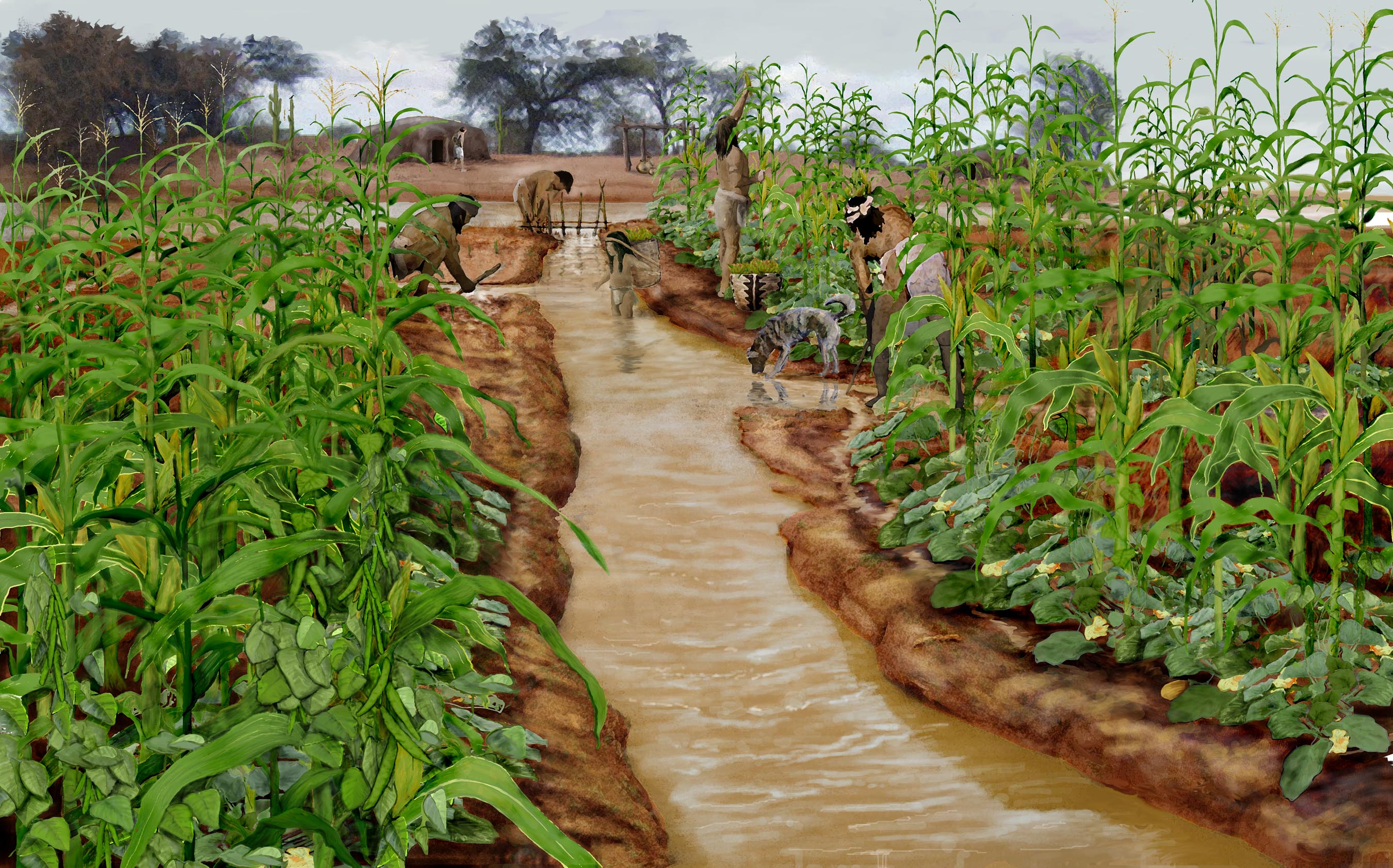

Thousands of visitors toured the excavations at La Ciudad from 1929 to 1936. His notes on file at ASU preserve valuable information on sites now long destroyed by modern construction.įollowing his early experiences with archaeology in the 1920s, Midvale directed excavations of a platform mound at the site of La Ciudad covered today by Saint Luke's Hospital, for Dwight Heard, a wealthy Phoenix business man and founder of the Heard Museum.

Funding his work through teaching and other jobs, Midvale roamed the Arizona desert recording Hohokam sites and mapping the prehistoric canal systems. To preserve the mound, Madora Barker sold it to archaeologist Frank Midvale in 1927.įrank Midvale at the platform mound at La Ciudad.įrank Midvale's intense interest in archaeology began at a very young age and carried through his entire life. The people of her faith should honor this woman: her faith will remain permanent in the country as long as it embraces women as true as she." Due to the self-sacrifice of this lone widow there remains just one ancient building on the south side of the river which has not been torn open and its broken remnants used as highway dirt. "Needing the revenue which she might have obtained from pot hunters, both the scientific and the unscientific, she has steadfastly refused to permit them to destroy the fine old ruin of Pueblo de Lehi (Turney's name for Mesa Grande taken from the Book of Mormon). Following the untimely death of her husband, Widow Barker and her boys preserved the Mesa Grande. Madora Barker and her husband purchased the land containing Mesa Grande in 1916. Those with archaeological interests began what is now the Southwest Archaeology Team, which is affiliated with the Arizona Museum of Natural History and continues to work on the Mesa Grande platform mound. Today, this is the Mesa Historical Society which operates the Mesa Historical Museum. The new group held its first organizational event at Mesa Grande where over 200 members joined.Ī major force in the community, the Mesa Archaeological and Historical Society attracted prominent speakers including governors and legislators including Barry Goldwater. This organization was transformed in 1955 into the Mesa Archaeological and Historical Society. In the early 1950s Frank and Grace Midvale organized the Mesa Grande Archaeological Society to promote the opening of the mound. Many such efforts followed and community support for a public facility has remained very strong through the years. This was the year that Pueblo Grande, the other great mound of the Hohokam, opened to the public. When this effort started is unknown but the first public event was a parade down Main Street organized by the chamber of commerce in 1927. The drive to preserve Mesa Grande and open it to the public was Mesa's first historic preservation project. Mesa's First Historic Preservation Project Its sister mound, Pueblo Grande, is preserved as a museum and cultural park by the City of Phoenix. Mesa Grande was one of the two largest temple mounds of the Hohokam. In the late 1800s farmers rebuilt and opened the brilliantly engineered Hohokam irrigation systems, some remain in use today. These irrigation systems represented monumental efforts of labor and engineering. Archaeologists from the Arizona Museum of Natural History excavated one prehistoric canal that measured 15 feet deep and 45 feet wide. The Hohokam were the only cultural group in prehistoric North America to rely on massive canal systems, irrigating up to 110,000 acres of corn, beans and squash. The mound was the public and ceremonial center for a one of the largest Hohokam villages in the Salt River Valley, a residential area that extended for over one mile along the terrace overlooking the river. The ancient Hohokam, ancestors of today's O'odham people, built and used the Mesa Grande platform mound between AD 11. Mesa Grande Cultural Park opens JanuMesa Grande


 0 kommentar(er)
0 kommentar(er)
